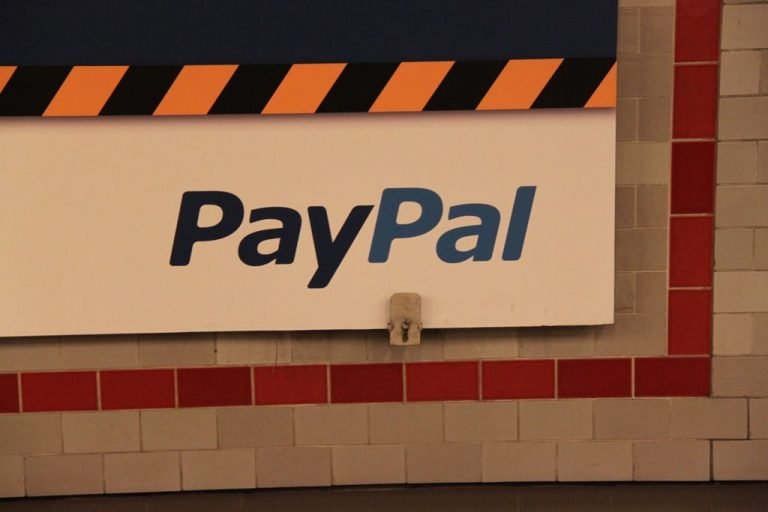What Is a Hidden Cache and How to Get Rid of It
It is common for browsers to store data on your computer, but what exactly is a Hidden Cache and how do you get rid of it? Hidden caches are files that can slow down performance and be a cause of browser crashes. They’re typically created when the browser downloads images from websites or stores them in order to display them later without downloading again.
Hidden caches may also contain information about sites you have visited as well as passwords you enter during working on the internet. In this blog post, we will show you how to identify Hidden Caches so that they don’t interfere with your browsing experience.
Hidden caches can be easily identified as Hidden Folders within your operating system. Hidden Caches are often located in the following places:
- Windows: AppData, LocalAppData and LocalLow directories
- OS X: ~/Library directory (referred to as ‘Home’ on older versions of OS X) or /Library (if you are an administrator)
- Linux: Hidden files and folders will be prefixed with a full stop (i.e., Cache)
Once you have identified the Hidden Caches, it’s easy to get rid of them.
Contents
How To delete your Hidden Cache on Windows:
Open My Computer or File Explorer and go to Hidden Folders
Identify Hidden caches and delete them by highlighting the folders and pressing Shift+Delete on your keyboard. Alternatively, you can right-click the Hidden Caches and select Delete.
To delete Hidden Cache on OS X:
Open Finder > Go to Folder in your menu bar > Type ~/Library or /Library (depending on where Hidden caches are located) > Press Enter
Identify Hidden caches and delete them by highlighting the folders and pressing Command+Delete on your keyboard.
Alternatively, you can right-click the Hidden Caches and select Move to Trash.
Note: be careful when deleting items in Library as this is a common location for system files! To avoid deleting system files, we recommend you make a backup of Hidden caches before deleting them.
Also Check: Fix Chrome, Continue where user left off, Feature if not Working
To back up Hidden caches (Windows only):
Right-click the Hidden cache and select Export to create a .xml file that can be used as a restore point in case anything goes wrong with your computer.
To delete Hidden Cache on Linux: Open Terminal and paste the following command: Sudo rm -rf hidden_cache
Please note that Hidden caches can’t be deleted on macOS due to security restrictions. To get rid of Hidden Caches, you’ll need to delete them using your operating system’s Hidden Folders (as shown above). If you are running out of space on your computer, deleting Hidden Caches will free up space that can be used for other things! Hidden caches are often not required and deleting them is a good way to improve your browser’s performance.
I hope this blog post answered any questions you may have had about Hidden Caches and how to get rid of them!
- Hidden Caches are files that can slow down performance and be a cause of browser crashes
- Hidden caches may also contain information about sites you have visited as well as passwords you enter during logins








One Comment